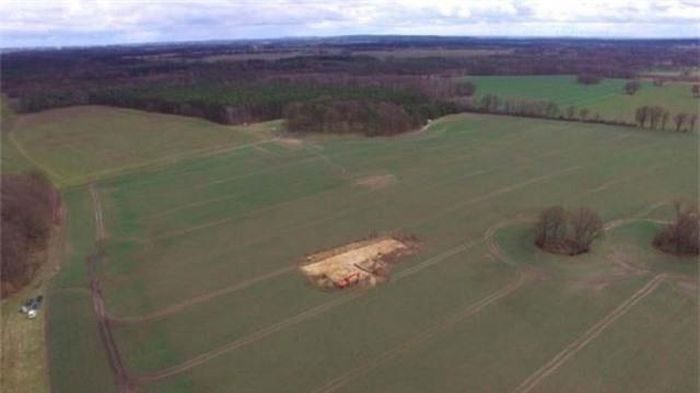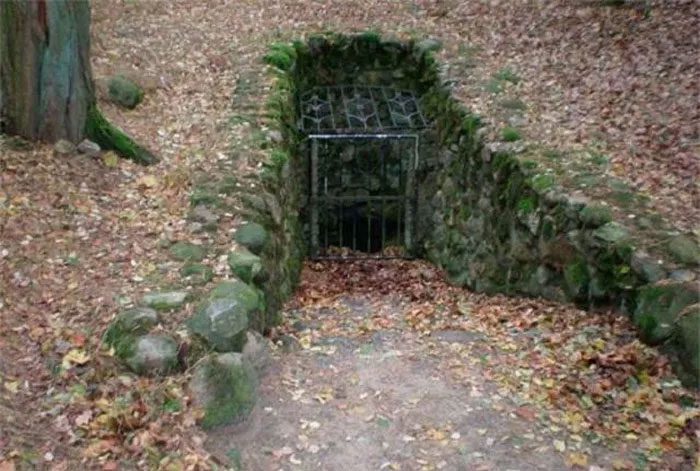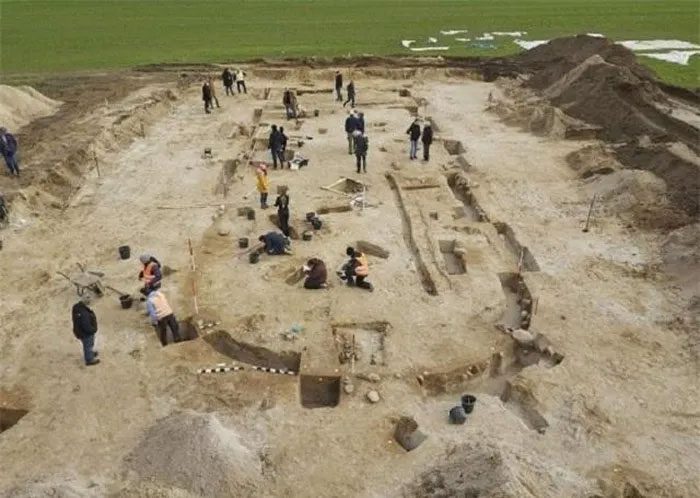This discovery holds immense historical value and may serve as a basis for unraveling the mysteries surrounding King Hinz.
Recently, in the historically rich region of Brandenburg in Germany, archaeologists unearthed a massive building dating back to the Bronze Age, believed to be the legendary hall of King Hinz—a mythical figure thought to be buried in a golden coffin. The Brandenburg State Office for the Preservation of Historical Monuments has confirmed that this hall was found near the royal burial site in Seddin, further establishing its connection to the enigmatic ruler.

Aerial view of the excavation site.
This hall measures an impressive 31 x 10 meters (102 x 33 feet) and was discovered by a team of archaeologists led by Immo Heske from the University of Göttingen. The team began their excavation in March and completed it in the fall. This rare architectural structure from the Northern European Bronze Age dates back approximately 3,000 years. The primary building materials include wooden planks, resin, mortar, clay plaster, and the roof was made of thatch. The discovery of a small pot, likely used in rituals, further adds to the mystery and historical significance of this hall.

Entrance to the royal burial site.
Adjacent to this hall is the royal burial site associated with the legend of King Hinz, who is said to have been buried in a golden coffin. He is considered a kind and just king of Prignitz, but little information about him exists. The German Research Foundation (DFG) has funded 300,000 euros over three years for research at this site to uncover the hidden stories beneath the ground of Prignitz and decode the past of King Hinz and the people who inhabited his kingdom.

Close-up of the excavation process in the hall.
It can be initially asserted that this 3,000-year-old hall is evidence that the surrounding area once served as an important power center. Although the existence of King Hinz and his reign remain a mystery, this latest discovery allows archaeologists to quickly trace ancient traces and gradually unravel the historical “knots.”


















































